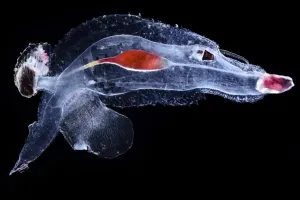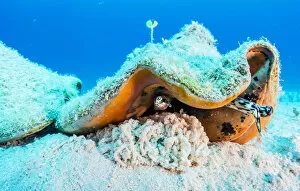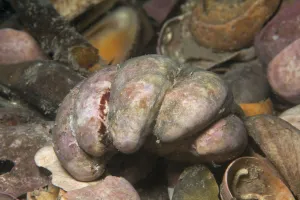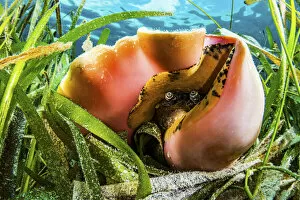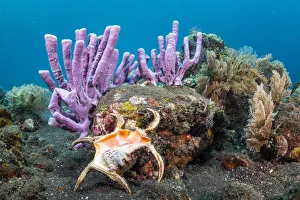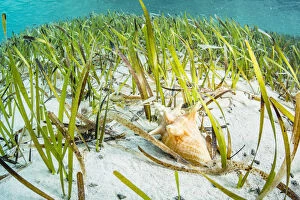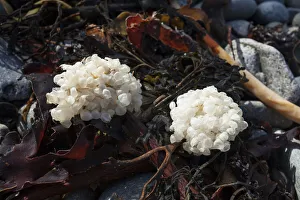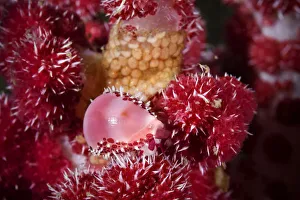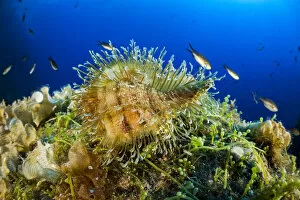Caenogastropoda Collection
Caenogastropoda, a diverse family of marine pelagic gastropod molluscs, showcases the wonders of the underwater world
All Professionally Made to Order for Quick Shipping
Caenogastropoda, a diverse family of marine pelagic gastropod molluscs, showcases the wonders of the underwater world. From the majestic Sea elephant (Cardiopoda placenta) to the colossal Giant tun (Tonna galea), these creatures captivate with their size and beauty. In the crystal-clear waters off Cat Island in the Bahamas, a small aggregation of Queen conch (Lobatus gigas) can be seen, creating a mesmerizing sight. These magnificent molluscs also lay their precious eggs in the Exuma Cays Land and Sea Park, adding to the natural splendor. However, not all species are native or beneficial. The invasive Slipper limpet (Crepidula fornicata) has made its way to Jersey in the British Channel Islands, posing a threat to local ecosystems. The Queen conch (Strombus gigas) is another fascinating member of this family. With its proboscis extended and stalked eyes alert as it moves gracefully through its habitat, it exemplifies elegance in motion. On East End in Grand Cayman's Caribbean Sea lies an enchanting scene where Flamingo tongue cowries (Cyphoma gibbosum) adorn a common sea fan (Gorgonia ventalina). However beautiful they may appear on this coral reef ecosystem, they prey upon their host. Trails left on sand-covered rocks by Edible periwinkle (Littorina littorea) tell tales of their presence along coastal areas. Meanwhile, Queen conch (Aliger gigas) thrives amidst seagrass meadows like those found in the Bahamas' Thalassia testudinum habitats. Sea anemones such as Calliactis parasitica often find companionship with hermit crabs while dwelling beneath ocean waves—a symbiotic relationship that benefits both parties involved.

